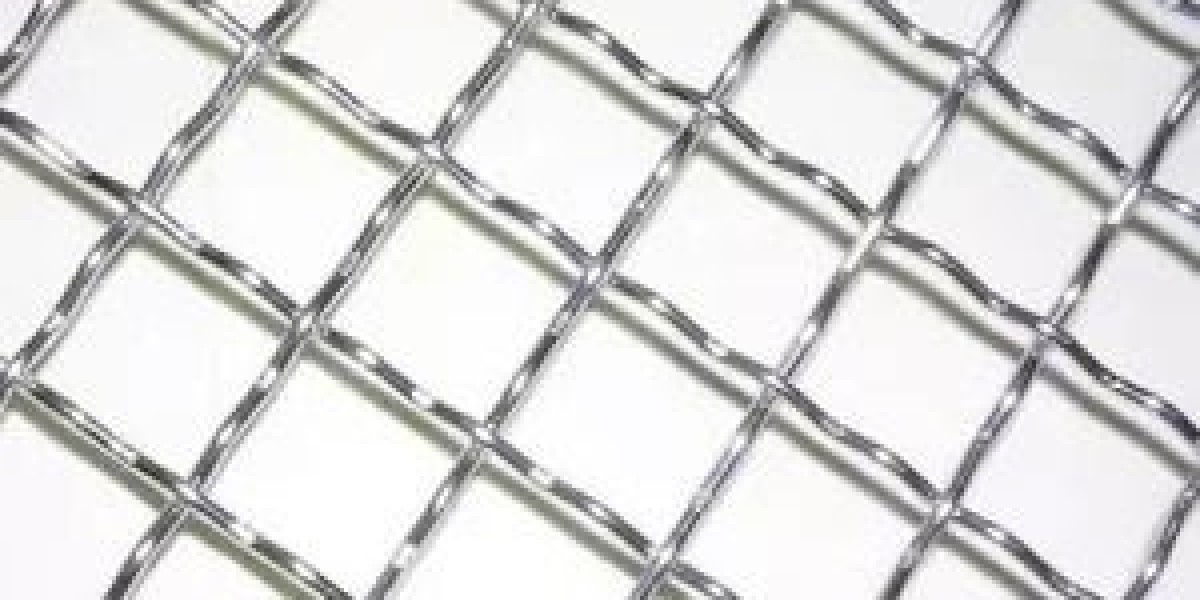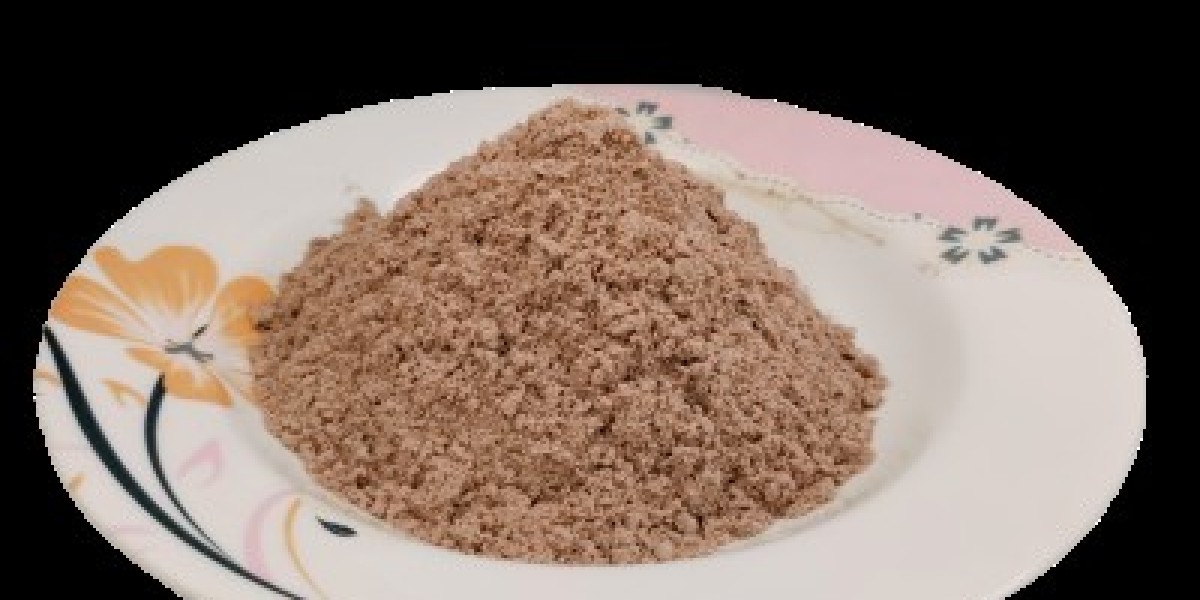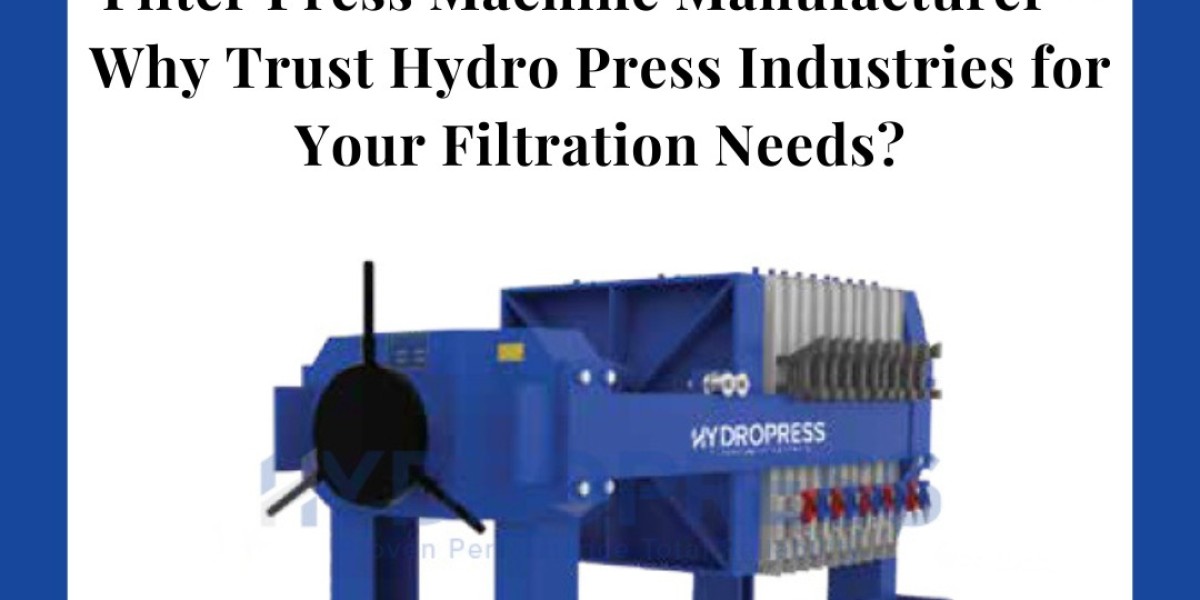304 stainless steel is highly favoured by many due to its rust resistance. This makes it an excellent material for applications where strength and durability are required. Additionally, it entails creating various forms of mining mesh, such as welded, perforated, and woven wire mesh, which is crucial in a variety of industries, including construction and food processing.
However, no substance is impervious to corrosion. This includes stainless steel 304, which is frequently believed to have a high level of rust resistance. Many are concerned about how well-suited 304 stainless steel is to withstand corrosion when used in extreme conditions, such as mining mesh applications. It's critical to understand how this material will fare over time in a variety of settings, including the corrosive, salty air near the shore, the acidic air found in factories, and the fluctuating outside temperatures.
This comprehensive investigation will examine the rust resistance of 304 stainless steel, providing valuable insights into its behaviour in various mesh configurations and environmental conditions. It is crucial to be aware of these factors when selecting stainless steel mesh for a particular task.
How 304 Stainless Steel Mesh Is Explained
How it functions and what it is
The composition of 304 stainless steel is iron, 18% chromium, and 8% nickel. It is designed to be extremely corrosion-resistant. Chromium oxide coats the steel's surface as a result of chromium's reaction with oxygen, shielding it. This thin passive coating shields the metal below from more oxidation and corrosion.
The alloy becomes stronger, more rust-resistant, and easier to shape when nickel is added. It also lessens the possibility of stress corrosion-induced cracking. There might also be trace quantities of silicon and manganese in the metal. These guard against corrosion and maintain the strength of its structure.
The Mechanism of Corrosion Resistance
When the metal's chromium is exposed to oxygen in the air or water, a naturally occurring layer of chromium oxide is created. As a result, 304 stainless steel has increased corrosion resistance. If it is broken or removed, its passive film will reassemble fast as long as there is sufficient air for the chromium to react with.
This dormant layer may not function as well as it should in particular circumstances, though. Rust can develop in areas with low air pressure, near saltwater, or as a result of exposure to specific chemicals. Additionally, the alloy can be tailored to meet specific requirements, making it stronger in areas where standard stainless steel would not be sufficient.
In the sections that follow, we will discuss how mining mesh is made and utilized, and how its properties come into play. They will concentrate on perforated metal mesh, welded wire, and woven wire, along with the actions that must be performed to prevent corrosion and extend their lifespan.
Wedge wire screen with resistance to rust
The wedge wire screen-making procedure
The correct shape is formed from corrosion-resistant wire to create 304 stainless steel wedge wire screens. The wire becomes stronger when it is work-hardened to the proper thickness. This procedure ensures that the wire maintains its resistance to rust without becoming less pliable.
The wedge wire is then fused to the support bars to create a robust screen with precisely spaced slot apertures. These screens are frequently employed in filtration and separation operations when long-lasting, rust-resistant screens are required.
Rust-inducing defects
304 stainless steel wedge wire screens can have issues in specific areas even though they don't naturally corrode. Places with a lot of salt, like the coast, can be particularly harsh because of the acidic nature of salt. Additionally, environments with excessive acidity or alkalinity, or low oxygen levels, might harm the passive oxide layer, increasing the likelihood of rust.
Mechanical damage can further increase the likelihood of rusting by piercing the coating of protecting chromium oxide. Rusting can occur as a result of iron particles adhering to an object or prolonged exposure to corrosive substances.
Case Studies
The advantages and disadvantages of 304 stainless steel wedge wire screens have been demonstrated through case studies. For instance, some factory screens rusted because acidic chemicals were employed to clean them. However, with consistent cleaning and the appropriate maintenance, the screens held up well over time.
Previously, wedge wire screens were employed in a coastal construction project. Because the air is so salty, additional protective coatings were added to maintain their longevity and attractive appearance.
What Welded Wire Reinforcement Does to Combat Rust
Manufacturing of Welded Mesh
The wires are arranged in a grid pattern for 304 stainless steel welded wire reinforcement, and the spots where they join are fused together. The procedure involves the use of electric resistance welding. The wire ends are heated in this way until they melt and fuse together to form a sturdy mesh.
The Effects of Welding on Corrosion
The microstructure of 304 stainless steel may be altered by welding, thereby reducing its corrosion resistance. Rust can occur when the chromium oxide layer is broken down by the high temperature. We refer to this as intergranular corrosion or joint degradation. Annealing is crucial for restoring corrosion resistance and forming a fresh passive layer on top of the mesh after welding.
Actions to Preserve
Welded wire reinforcement can be made less vulnerable by implementing a number of safety measures. Post-weld annealing entails raising and then lowering the mesh's temperature. This facilitates the regrowth of the chromium oxide layer. Additionally, corrosive materials can be kept out by applying protective coatings, such as powder coatings. High-alloyed stainless steel kinds, such as 316, which contains molybdenum, can aid further prevent corrosion while operating in extremely demanding environments.
How Long Will Perforated Metal Mesh Last in Testing?
A flat piece of metal is punched or stamped with holes to create a Perforated Metal Manufacturer made of 304 stainless steel. The material's inherent resistance to rust is altered by this treatment.
The Perforation Process
Stainless steel's protective oxide layer may crack during piercing. Punching makes new surfaces visible to the outside environment. Oxide layers might not build on these surfaces as quickly as they did on the original surface. A "drill smear," or thin coating of distorted material surrounding the holes that traps impurities and hinders the passive layer's ability to repair, can also be produced by intense heat or mechanical stress during perforation.
Items found in the surroundings
The application environment of perforated mesh greatly influences its rust resistance. In marine environments or environments high in chloride, pitting and crevice corrosion are highly likely to occur. Sulphur compounds and other harsh chemicals used in manufacturers can leave sulfuric acid on the surface of the mesh.
Techniques for Maintaining
To prolong the life of 304 stainless steel punctured metal mesh, there are a few methods to maintain its quality:
After the holes are created, a chemical technique called passivation is applied to strengthen the chromium oxide layer's protective ability, particularly around the holes' edges.
Protective Coatings: You can seal the sides of the holes and make it even more difficult for corrosion to pass through by applying protective coatings like powder coats or specialty paints.
Rusting can be prevented from getting worse by routine maintenance, such as cleaning to remove dirt and early rust detection. To avoid harming the metal layer, use gentle brushes and non-abrasive cleaning solutions while cleaning the mesh.
Controlling the environment: You can extend the life of objects significantly by modifying the surroundings to reduce their exposure to hazardous substances. Dehumidifiers and air purifiers can reduce the danger of corrosion when used indoors.









